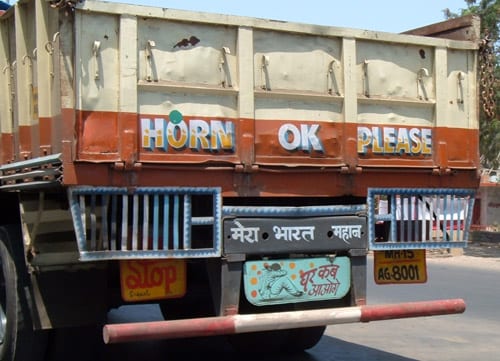 It’s pretty amazing to see history being created before your very eyes.
It’s pretty amazing to see history being created before your very eyes.
We didn’t say those exact words to each other, but I know Rob Flaherty, Ketchum’s CEO, felt it, too, as we dropped into our airplane seats at midnight, after two mind-boggling days in Mumbai last week. We met with clients, with Omnicom leaders, with Rajan and Bela (founders of Ketchum Sampark), with colleagues from 7 different offices via videoconference, including the entire Mumbai office staff.
I may have imagined it, but everywhere Rob and I went, everyone seemed out of breath … from the pursuit of opportunity, from the pace of growth, but mostly I suspect, from sheer hard (and very impressive) work. No one in India is standing still.
A recent study by the McKinsey Global Institute (MGI) suggests that if India continues its recent growth, average household incomes will triple over the next two decades and it will become the world’s 5th-largest consumer economy by 2025, up from 12th now. India’s booming middle class is estimated at 170 million, half the population of the US, with also one of the youngest populations. Half of its 1.1 billion-plus people are less than 25 years old, compared to 42% in Brazil, 36% in China, and less than 30% in more developed nations.
A client, one of India’s most respected advisers on asset management and inward investment, told Rob and me that the challenge before his country is nothing less than managing the frenetic demands of a surging economy, one that is rapidly transforming itself from what he described as “disorganized” to “organized.”
One example of this is the food industry, where supermarkets are sitting alongside or replacing outright traditional farmers’ markets. Or healthcare, where homeopathic and other forms of non-traditional medicine are now shifting to managed care systems. As our client pointed out, this ready availability of and access to all sorts of new consumer goods also creates the unwanted effect of diseases associated with a new lifestyle- hypertension, obesity, and diabetes among them.
As communications professionals, if we think it’s a challenge to rise up and meet the tremendous opportunity of social media, just try to imagine what it must be like for a colleague working in the same field in a country in which television made its national debut in the 1990’s.
From a business standpoint, India strikes me as a “Step up to it, or get out of the way” kind of opportunity.
Nothing expresses this better than the ubiquitous “Horn OK Please,” a phrase that is commonly painted on the backs of most trucks and buses in India.
Rajan explained to us that its purpose is to invite the driver of a vehicle approaching from behind to sound his horn if they wish to overtake. Given their rather exuberant driving style, in which Indian motorists seem to simply aim their vehicles and go, Horn OK Please, it is said, is amazingly effective at reducing road rage.
As I thought about it with Rob, over the 15-hour flight home, Horn OK Please sums it all up, really. India, going forward. Fast. Friendly. Few Stop signs.
We can’t say we weren’t warned.


